A must-have skincare ingredient. Glycolic acid is the smallest and therefore the most powerful AHA, promoting skin renewal in order to retexturise the surface and reveal a brighter and more youthful looking complexion. Kickstarting a serious glow from within(ish).
While some ingredients are universal in that their risk of irritation or damage is low for any skin type, glycolic acid is not that. It needs to be used with a little extra TLC. Sensitive skin please proceed with (curiosity and) caution.
Here are 7 unique ways you can use glycolic acid. Because your face can’t have all the fun.
1. Soothe Cracked Heels
If you have a lot of hard, dead skin on your feet then using an effective exfoliator like glycolic acid is probably going to help with that! Is there anything worse than having your cracked heels catch on the bed sheets. Ick!
Like the TikTokers who’ve sent this advice trending, try: lightly soaking a cotton pad with glycolic acid, swiping it over the affected area, slathering your foot in moisturiser, pulling on a pair of thick socks, letting it all soak in for a few hours (overnight works too), before revealing smooth and glowy hoofs worthy of sandal wearing.
2. Smooth Dry Elbows
Our little (very often forgotten) elbows work so hard; bending and stretching while we cook, clean, and fumble on the reformer, but we fail to nourish them correctly! Dry and rough skin can start to build up, but by using glycolic acid on this area it will increase cell turnover, and help shed that rough layer to reveal smoother, softer skin.
But don’t just exfoliate this area 1-2 times a week. You want to be moisturising/oiling frequently too.
3. Reduce Dandruff
Oily, flaky scalp? Listen in. Finding a scalp scrub or hair mask that contains glycolic acid can enhance the health of your head and hair. Helping to exfoliate dead skin cells, remove product build up, and lift away excess sebum. Your mane will be so much happier for it.
If you have sensitive skin, an itchy scalp, rashes, or suffer from hair loss, the glycolic acid might actually work in reverse. Weakening your skin and hair moreso. Speak to a dermatologist before use, and use your glycolic products properly (amount, frequency etc) for optimal results.
4. Treat Keratosis Pilaris
Keratosis Pilaris or simply, KP, is the rough and bumpy skin many people find on the back of their upper arms. It’s a genetic condition, meaning it’s impossible to cure, but glycolic acid has been known to help reduce the symptoms.
KP is caused by hair follicles overproducing, and therefore becoming clogged with keratin (a protein that helps to build the skin’s epidermis). By using a small amount of glycolic acid on the affected areas a few times a week, the chemical active can help to smooth away dead skin and clear this keratin buildup.
Always be sure to patch test before use! You want to see how your skin accepts or rejects the use of chemical actives before applying fully to a large area.
5. Give Glow To Your Hands
The back of our hands is one of the most exposed areas on the body. They’re always out and in use! So naturally it’s one of the first places we notice signs of ageing - pigmentation, sun spots, fine lines, thinning of the skin. Glycolic acid can actually improve the texture and colour of the skin.
After sweeping your solution over the face using a cotton pad, take it down to the back of your hands and ‘reverse the clock’. Kinda. Not really.
6. Help Banish BO
Quick personal health refresher for you: Body odour is caused by bacteria breaking down the proteins in your sweat, but bacteria can only thrive at a certain pH. Acids, like glycolic, help to lower the skin’s pH to a point where bacteria can no longer survive in the environment.
So, sweeping* a conservative amount (please, this area is very sensitive) of glycolic acid over your underarms can help to prevent BO. Personal preference of course. Things could get sticky and/or stingy. Traditional deodorants still work wonderfully.
*Never directly after shaving or laser treatment. Best to wait a few days while your now broken skin barrier has had some time to repair and regenerate.
7. Ingrown Hairs
When dead skin clogs a hair follicle, new hair growth is forced sideways instead of directly up and out the pore. Hello painful and pesky ingrowns. Using a very small amount of glycolic acid on areas where you are most prone to ingrown hairs, will speed up natural exfoliation, and help shed any buildup of dead skin cells that could potentially trap these hairs.
Glycolic and Mandelic Acid Glow Exfoliatior thoroughly improves skin texture and gets you that glow through a potent yet nourishing blend of ingredients. Big Glow Energy, in a bottle. Glow Exfoliator
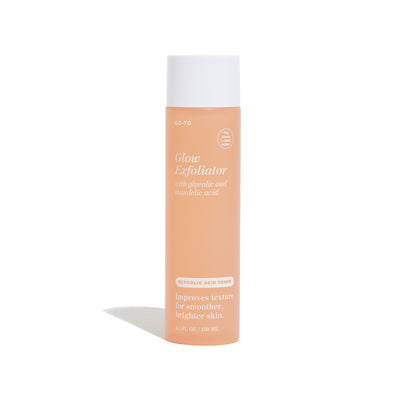
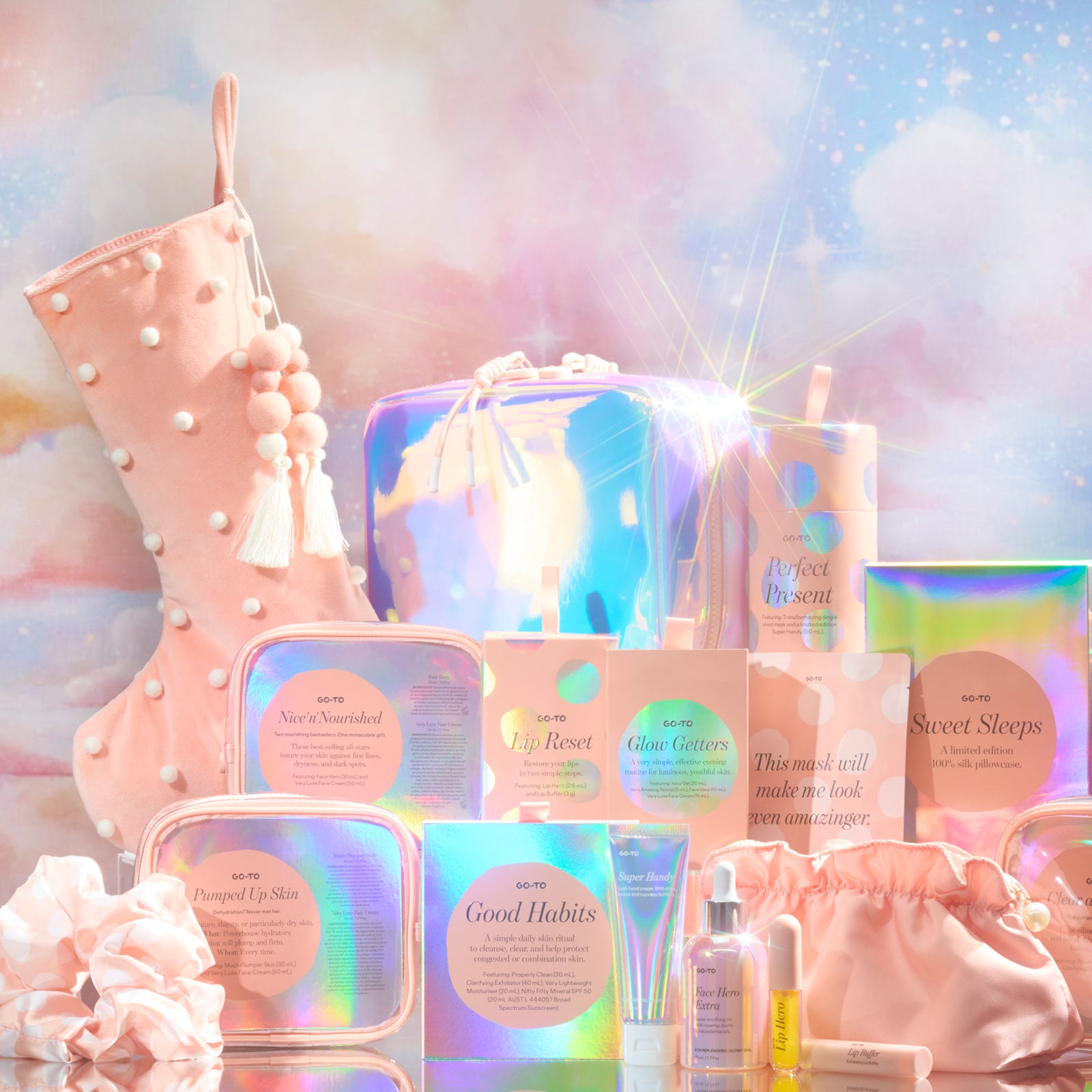



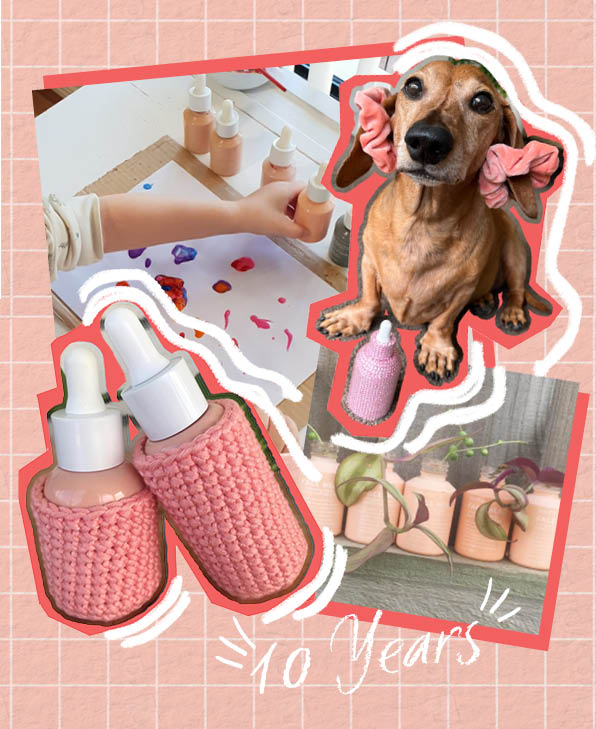

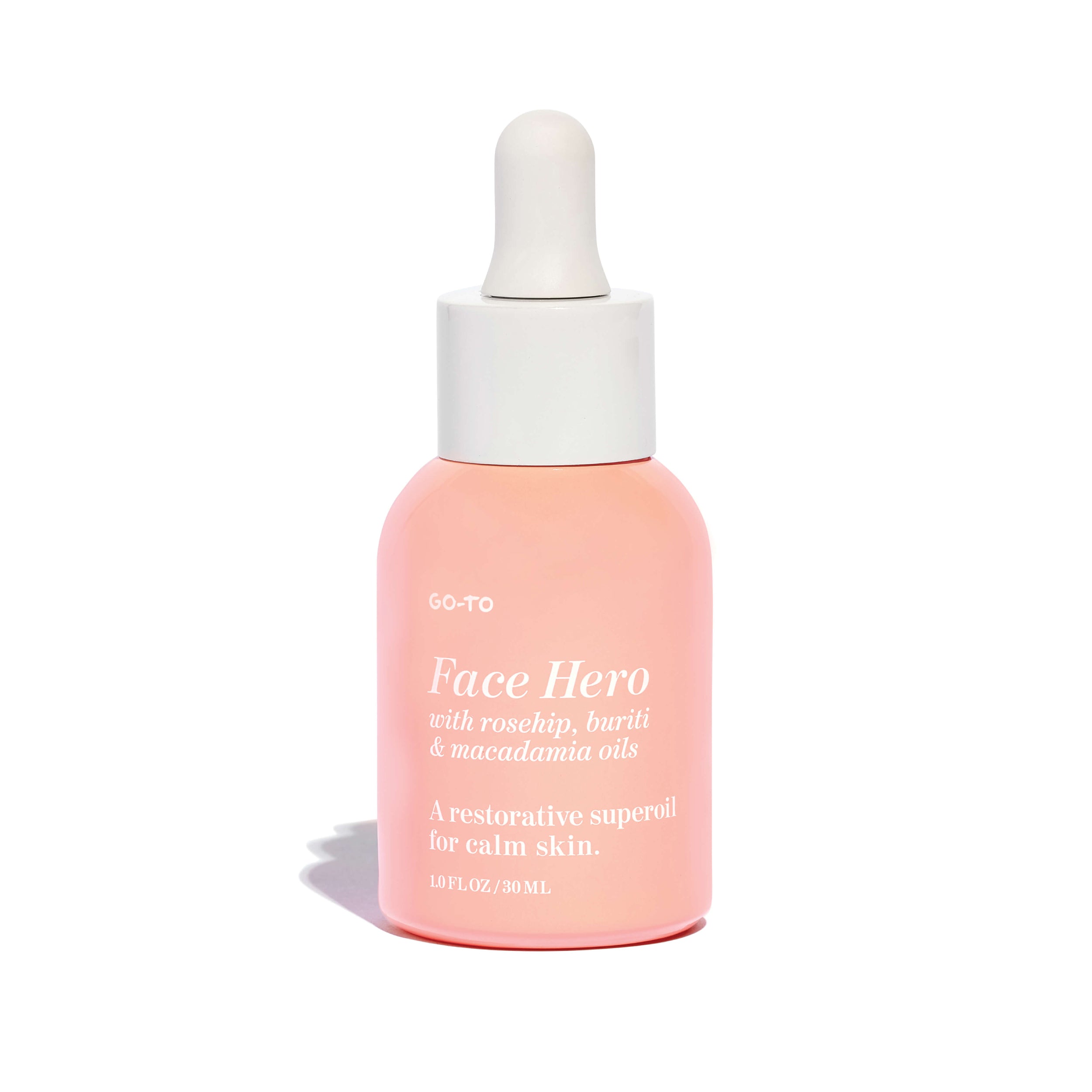


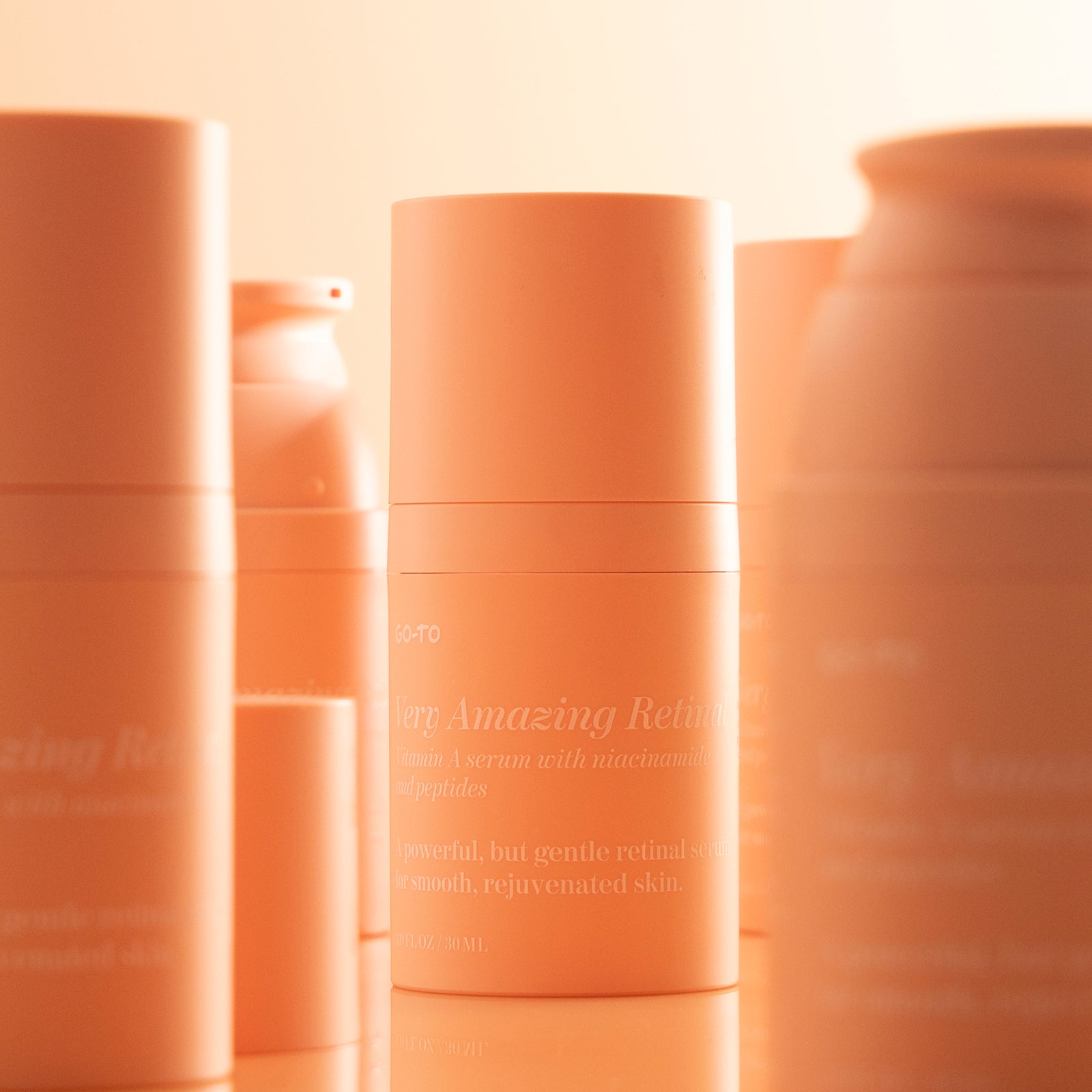
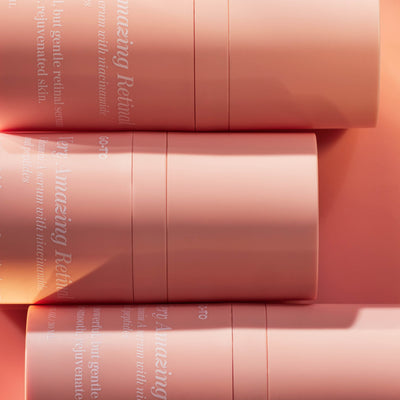

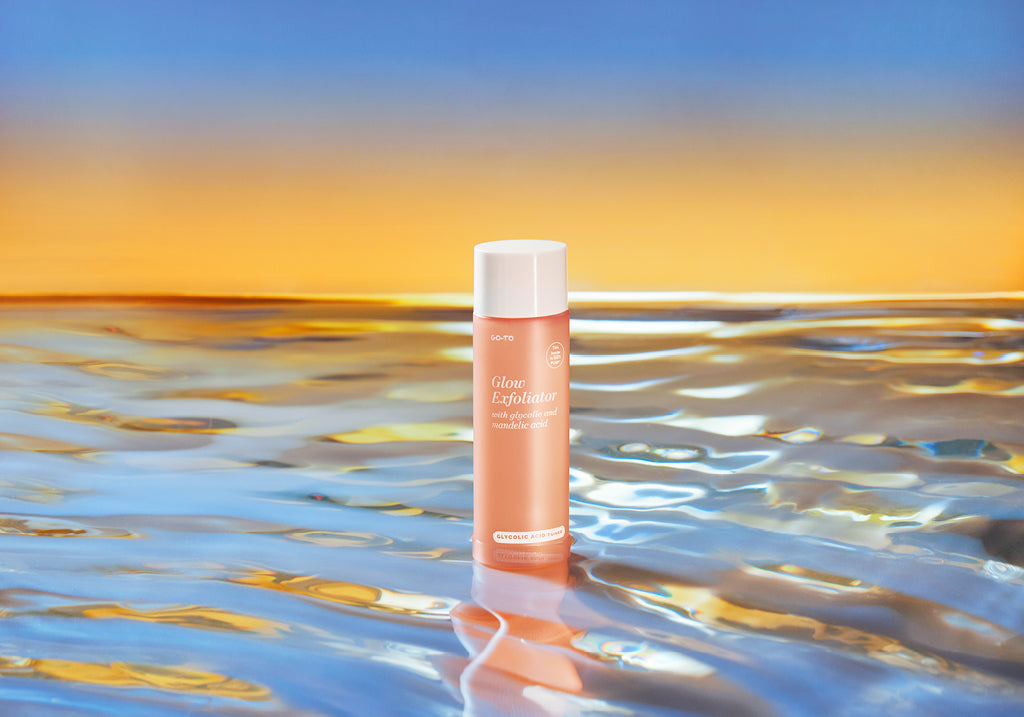

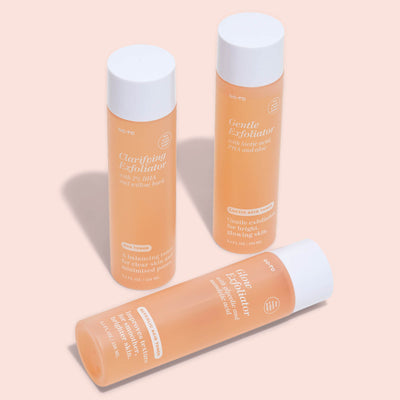

Comments